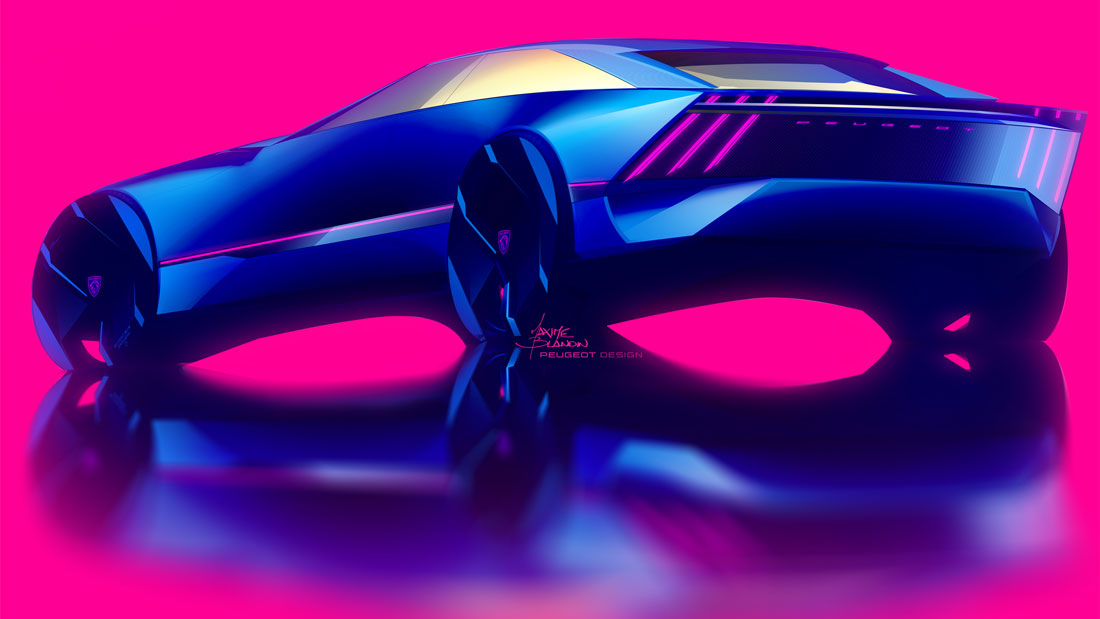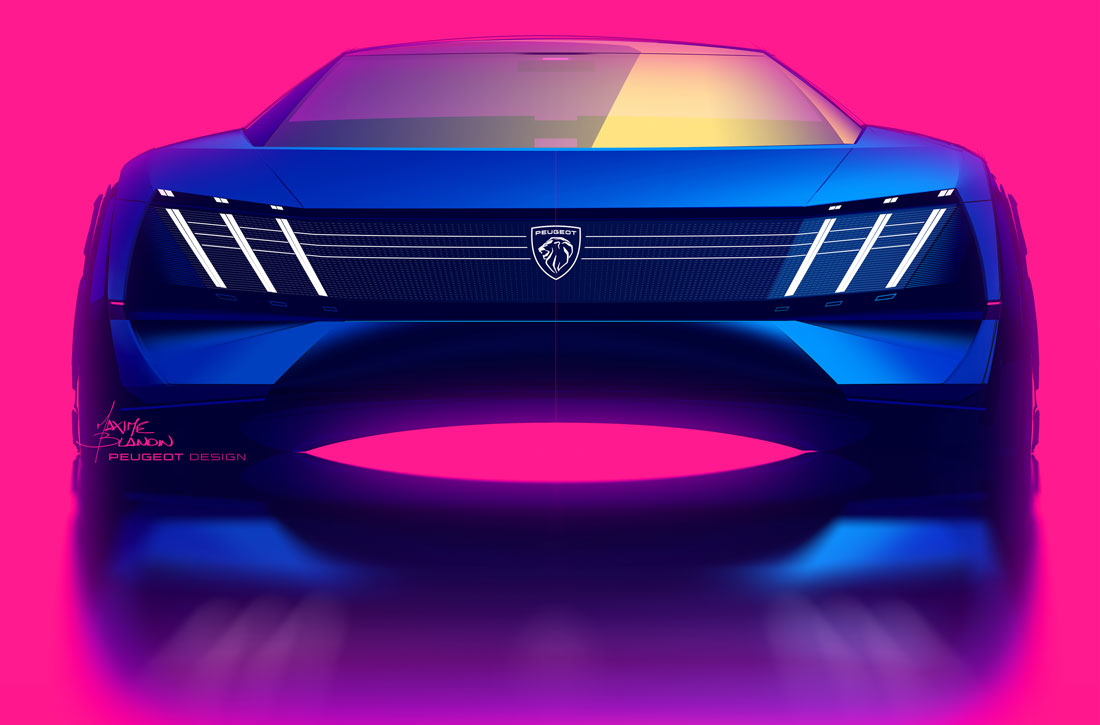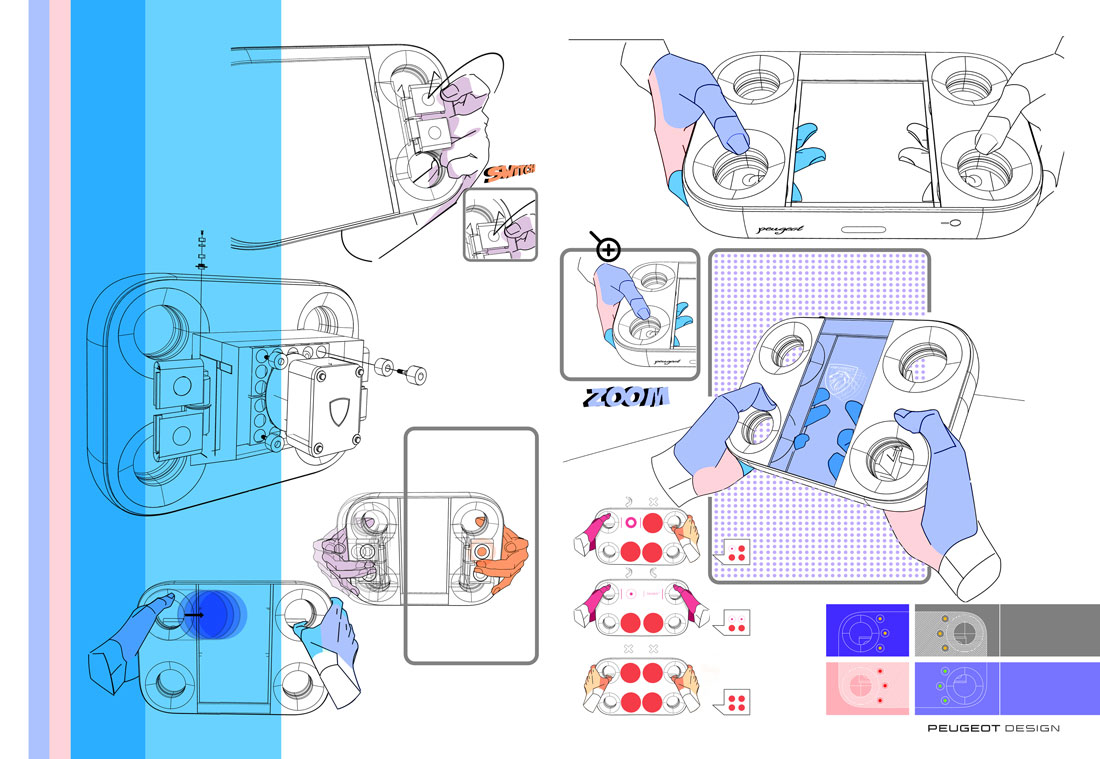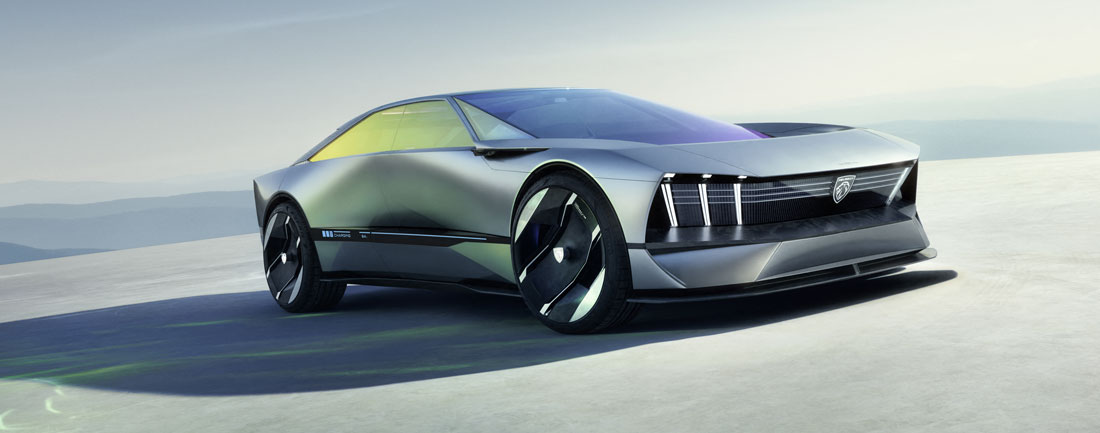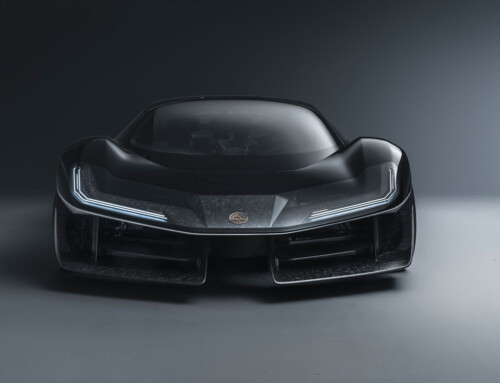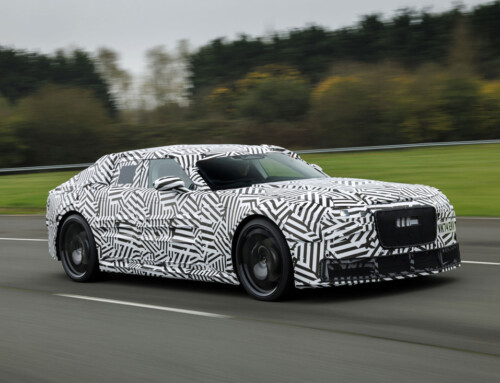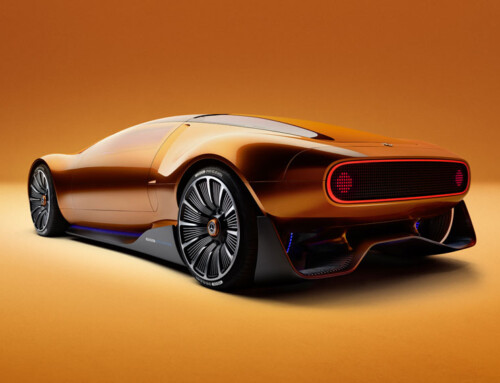With the exception of the classic cat-like flavour that emerges from the bright ‘claws’ on the front and the low, sleek silhouette, the latest Lion prototype experiments with a design approach that has never looked so far into the future. Even the name, from the Latin ‘inceptio’ (start, beginning), signs up to a manifest desire for renewal. “It was unveiled at the CES in Las Vegas precisely because it packs a powerful technological punch, combined naturally with a desire to respect the planet”, says Matthias Hossann, head of Peugeo styling since 2020.
Unheard engineering freedom
Behind the creative process are a number of technical features capable of upending convention. First and foremost, the zero-emission STLA Large platform “truly allows unheard of engineering freedom” and is exploited to construct volumes typical of electric cars, but revisited: the enormous windscreen, for example, creates a projecting “dome” effect that gives some dignity back to an otherwise short bonnet. So the task of ennobling the front volume is no longer entrusted to the might of a bulky combustion engine, but rather to the multi-coloured glazing.
A particular luminescence
“This is Narima® multichroic glass, also used by NASA, which is able to filter the sun’s rays and generate reflections that are almost amber on the outside and surprisingly cool on the inside”, the designer continues. Moreover, since “light penetrates the passenger compartment differently depending on the time of day and always with a particular luminescence”, almost prismatic, the reverberations play on the surfaces, seeming to replace traditional finish.
Stripping the inessential
The intention of stripping the inessential from spaces is evident in the seats, which externally mount the bags usually concealed in the padding for lumbar adjustment, adopting a sort of bare ‘quilt’ at shoulder height. This approach, in addition to constructing a geometric, architectural-type set-up, “fully meets ecological requirements by making it easier to replace components in contact with passengers, thus prolonging the vehicle’s life potential”, continues Hossan.
A 25-year life cycle
It is no coincidence that, together with the concept, Peugeot has introduced a programme whereby in future, the average lifespan of models will extend to twenty-five years instead of the current fifteen, with the consequent adoption of solutions that will make it easier for the car to change hands. Constantly updated software can be managed through the Hypersquare steering wheel and the Halo Cluster circular screen, which together “constitute the next-gen i-Cockpit”.
Fusion Mask front end
And the bodywork? It seems to enjoy confusing the observer, now with the futuristic Skyspace glass area of over seven square metres, now with a side view that obeys the canons of a luxury saloon (“but with a very high beltline so that passengers feel as safe as in an SUV”). Standing out from it all is the Fusion Mask front end, where the visual identity and the driver assistance sensors are packed in a single full-width element, as on other Stellantis proposals.
(Full article in A&D no. 259)

